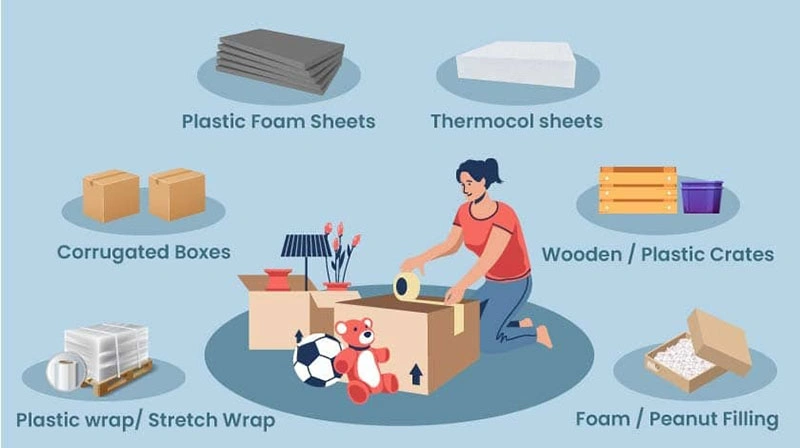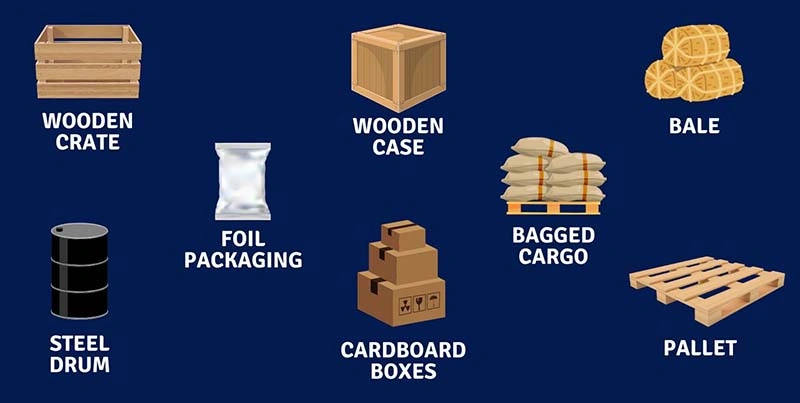
This article will answer your questions:
- Three main types of packaging materials and their characteristics
- Key factors in choosing environmentally friendly packaging materials
- Master the testing methods for packaging strength and durability
- Clarify material applications in different industries
- Avoid mistakes in packaging material selection
3 main types of packaging materials
- PET bottles for beverages
- Aluminum foil bags for UV protection cosmetics
Secondary packaging is the retail box or protective layer outside the primary packaging, which facilitates transportation, storage, and retail sales. It should be consistent with the brand tone and protect the product during transportation.
Common example: high-quality printed cosmetic corrugated folding boxes
Tertiary packaging is used for bulk shipping and warehousing to protect primary and secondary packaging. Examples include pallets, stretch film, and export cartons, which must withstand the pressure and environmental changes of transportation.
Common example: moisture-proof corrugated boxes, suitable for high humidity environments in sea transportation
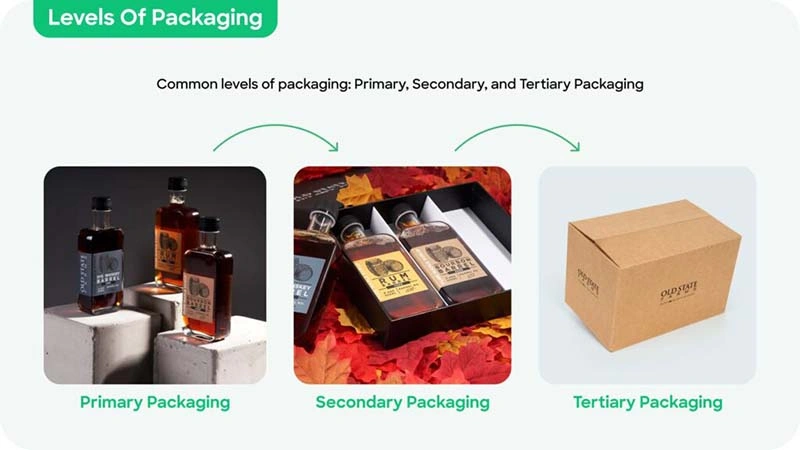
Comparison of primary, secondary and tertiary packaging
| Type | Contact with Product | Main Role | Practical Meaning for You |
|---|---|---|---|
| Primary Packaging | Direct contact | Protection & preservation | Meets food safety or chemical compatibility requirements |
| Secondary Packaging | Indirect contact | Branding & retail display | Improves customer satisfaction; supports stacking and storage |
| Tertiary Packaging | No contact | Transport protection | Reduces shipping damage; suitable for air, sea, and other modes |
- Food and beverage: meet food safety standards, non-toxic, environmentally friendly, common packaging types include: aluminum alloy, glass and paper composite materials.
- Electronic products: require shockproof, moisture-proof, dustproof, anti-static and good pressure resistance. Corrugated box + lining is a good combination.
- Sea freight export: generally three-level packaging, durable, moisture-proof, shock-proof, with clear information markings, etc.
Factors to consider when choosing packaging materials
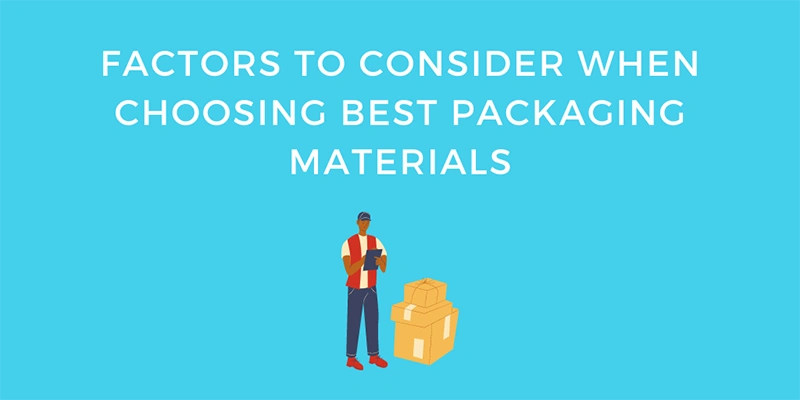
Test methods for strength and durability of packaging materials
- ECT (Edge Compression Strength): Measures the stacking load-bearing capacity of corrugated cardboard
- BCT (Bearing Compression Test): simulates the pressure of storage stacking. Common standards such as GB/T 6543-2008 require that the product should not deform during storage.
- Cobb test: It tests the water absorption rate of cardboard. It is a must for shipping outer boxes.
- Drop and vibration test: simulates the transportation and handling process, using “one corner, three sides, and six sides free drop test” and reference standard GB/T 4857.5-2016.
- Burst resistance test: Necessary for products with high internal pressure or susceptible to impact, commonly used for paper and composite materials.
Packaging material applications in different industries
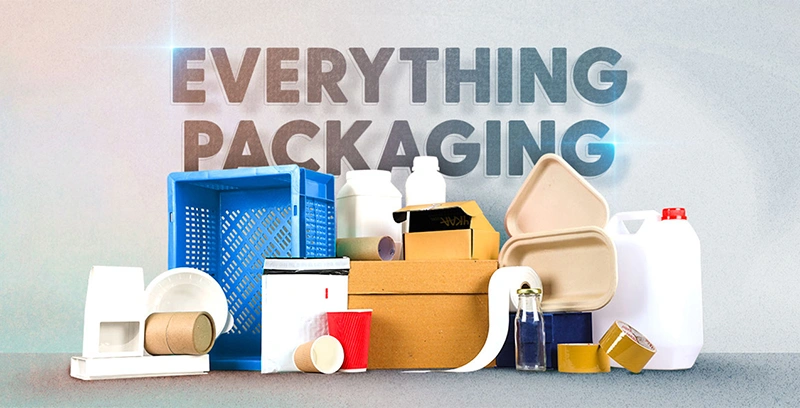
Food and Baking
Barrier film, anti-oxidation, oil-proof paper or coated cardboard ensures freshness and hygiene. When designing packaging, it also needs to take into account both freshness preservation and convenience.
Cosmetics and luxury goods
This type of packaging requires high security and decorative features. SBS white cardboard is suitable for high-quality printing, hot stamping enhances brand awareness, and rigid gift boxes add a sense of luxury. Many brands now prefer renewable materials.
Electronics
Shockproof, moisture-proof, and anti-static are essential requirements for electronic product packaging. A common packaging combination is high-strength corrugated paper boxes + PE foam lining.
CBD Products
It requires protection from light, heat and air, and child-resistant bags. In many cases, it requires food packaging that protects active ingredients and compliant labels that make it easy for consumers to identify the ingredient list.
French fries and fast food
Food-grade plastic composite materials, such as PET/CPP, make the French fries moisture-proof and oil-proof, with good sealing ability.
How to choose the right packaging material for your brand
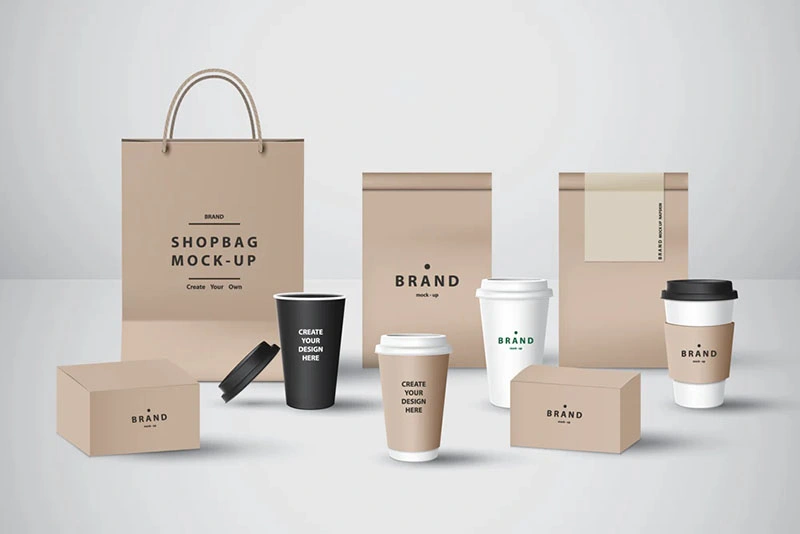
- Draw the product transportation process from production to customer
- Identify risks at each stage (humidity, stacking pressure, UV rays)
- Choose materials that match your brand and customer profile, not just cost or appearance.
- Testing samples under real shipping conditions
- Ensure packaging design protects the product while considering new processes or materials to enhance customer satisfaction
Packaging material trends in 2025
Degradable plastics are suitable for products with a short shelf life and can be directly decomposed by microorganisms, reducing solid waste.
Lightweight design reduces transportation costs while maintaining strength. Through high-density polyethylene nanotechnology, the weight of the daily chemical bottle is reduced from 48g to 36g.
- Moisture-resistant corrugated cardboard: maintains its shape in tropical climates and is suitable for a variety of transportation and storage environments.
- Bio-based barrier film: compostable and good at retaining fragrance.
- High ECT certified paper: reduces weight while maintaining stacking height, moving towards green and lightweight development.
FAQs
A packaging combination of rigid corrugated boxes with customized foam or honeycomb paper linings that takes into account both protection level and brand image.
Recycled kraft paper, compostable film, plant-based plastics, and water-based coatings can reduce environmental burdens and promote green development.
Waterproof and moisture-proof corrugated cardboard, reinforced edge corners, and PE-coated kraft paper. This packaging structure is stable and has strong cushioning capacity.
Conclusion
About XiangGe Package
We specialize in export packaging design and production, ensuring durability, brand presentation, and international compliance. All materials undergo rigorous ECT, BCT, and Cobb testing to ensure they are suitable for global shipping environments.
Contact us: Get a free sample or request material advice.
Last updated: August 2025
Internal links:

